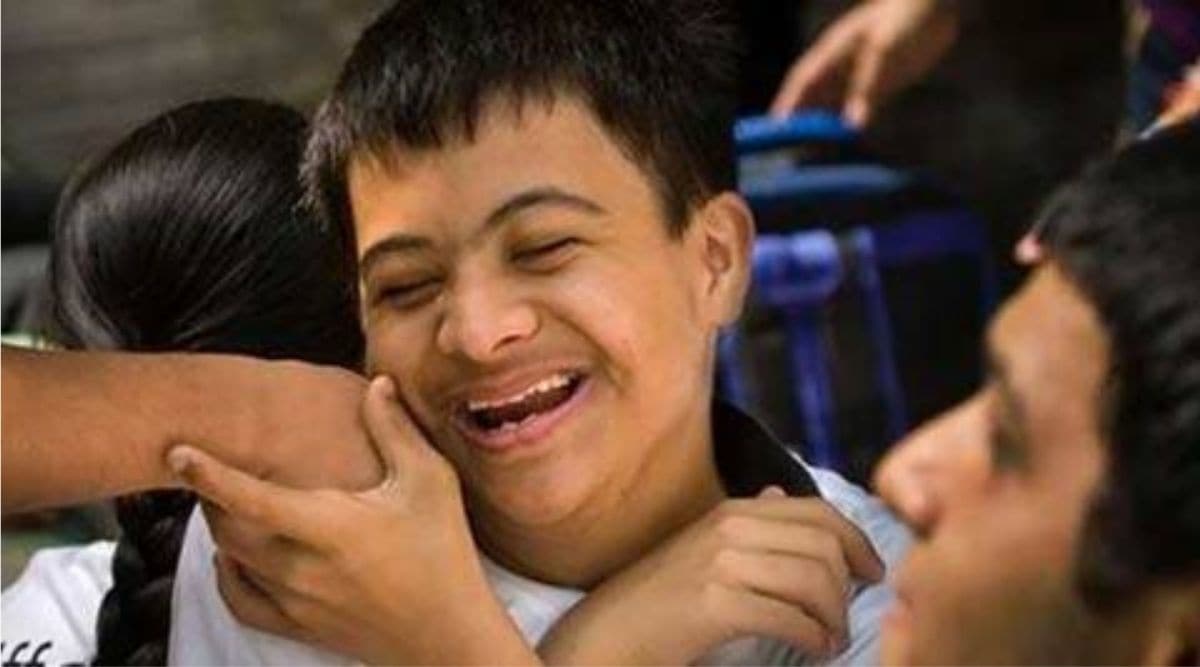 After multiple visits to the paediatrician and clinical psychologists, numerous questionnaires, behavioural evaluations through observations and play, both Nancy and Priyam were diagnosed to have Autism Spectrum Disorder (ASD).
After multiple visits to the paediatrician and clinical psychologists, numerous questionnaires, behavioural evaluations through observations and play, both Nancy and Priyam were diagnosed to have Autism Spectrum Disorder (ASD).Priyam was the life of the party at the daycare centre. A bright-eyed boy who captured the heart of the caretakers and played with abandon. Sometime after his second birthday, all this started changing. He stopped playing with his toys, he seemed more interested in organising them now. He stopped talking, not responding even when called by name. He stopped smiling at people and making eye contact.
Then the rhythmic movements started; rocking his body, banging his head or repeatedly tapping on the table. One day he banged his head so much that when his father came, hurriedly summoned by the caretaker, there was a trickle of blood running down his face. That was his last day at the centre; they refused to keep him after that.
Nancy was different. Growing up in a family with siblings and grandparents, she was used to people. But outsiders were studiously ignored. She heard all the questions and comments but never acknowledged them. Loud noises, rough-textured clothes, squishy toys, strong-smelling foods, all caused strong aversion. Now 10, she ventures out to play with other kids. She is often confused by the endless chatting of the other kids. She cannot fathom why they can’t just come, play and go home. She comes home crying most days because the others refused to include her in their play. She is smart, she understands that she is doing something wrong, but does not know what.
After multiple visits to the paediatrician and clinical psychologists, numerous questionnaires, behavioural evaluations through observations and play, both Nancy and Priyam were diagnosed to have Autism Spectrum Disorder (ASD). People with ASD have difficulties in social interaction and communication, show repetitive behaviours like rocking movements or repeating certain words over and over again and are obsessive about routine and order in their daily lives. Between one in 50 to one in 150 people have a diagnosis of ASD in countries where this is being systematically done. In India, we do not have sufficiently uniform access to diagnosis to know the numbers.
Best of Express Premium
A range of conditions previously known as Autism or Pervasive Developmental Disorder (PDD) or Asperger’s Syndrome now come under the common umbrella of Autism Spectrum Disorders (ASD). Like Priyam and Nancy, people with ASD have very diverse difficulties, hence the term “spectrum” is used. True to the name, brain scans of people with ASD show a range of differences: In the volume and size of the brain and in the numbers and connectivity of neurons in the brain. But none of these differences is enough to diagnose a child as being on the Autism Spectrum. We know that the brains of ASD people are different from the brains of neurotypical people but we still do not know how that causes the behavioural changes. Autism is mostly genetic; the risk for autism increases in families with previous cases of ASD. But there is no single “autism gene” that can be tested for risk. The condition is a result of brain development being affected by a combination of nearly 100 or so genes.
High-functioning ASD kids, like Nancy, find it difficult to navigate the social world, but they are independent, able to attend mainstream schools, find employment and thrive. Many times, they excel at something that gets them noticed among their peers such as extraordinary mathematical, musical or artistic abilities. For such “high-functioning” autistic kids, these skills make their journey through life somewhat easier. But at the other end of the ASD spectrum are the children who do not speak beyond a few words, like Priyam. Some, but not all non-verbal children, may also have an intellectual disability. These children would usually need occupational therapy to identify objects by name, to learn to ask for help and communicate with others.
In a recent study, scientists tested the communication abilities of neurotypical adults with autistic adults and autistic adults with other autistic adults. Very surprisingly, they found that autistic people could communicate with each other as well as neurotypical people can with other neurotypical adults. This study revealed that perhaps it is not just the ASD individuals who need help with communication. But rather, the rest of the society should also learn how to communicate with, work with and value the diversity of brains we have amongst us. As parents, as teachers, as friends and family, we must learn how to open our arms and minds to differences amongst us. Many autistic children go on to live happy, fulfilled, loved and loving adult lives. But this journey always begins with acceptance and engagement at home and in the immediate social circle.
The writer is a scientist at CSIR-Institute of Genomics and Integrative Biology (CSIR-IGIB), New Delhi. Views are personal
- The Indian Express website has been rated GREEN for its credibility and trustworthiness by Newsguard, a global service that rates news sources for their journalistic standards.

